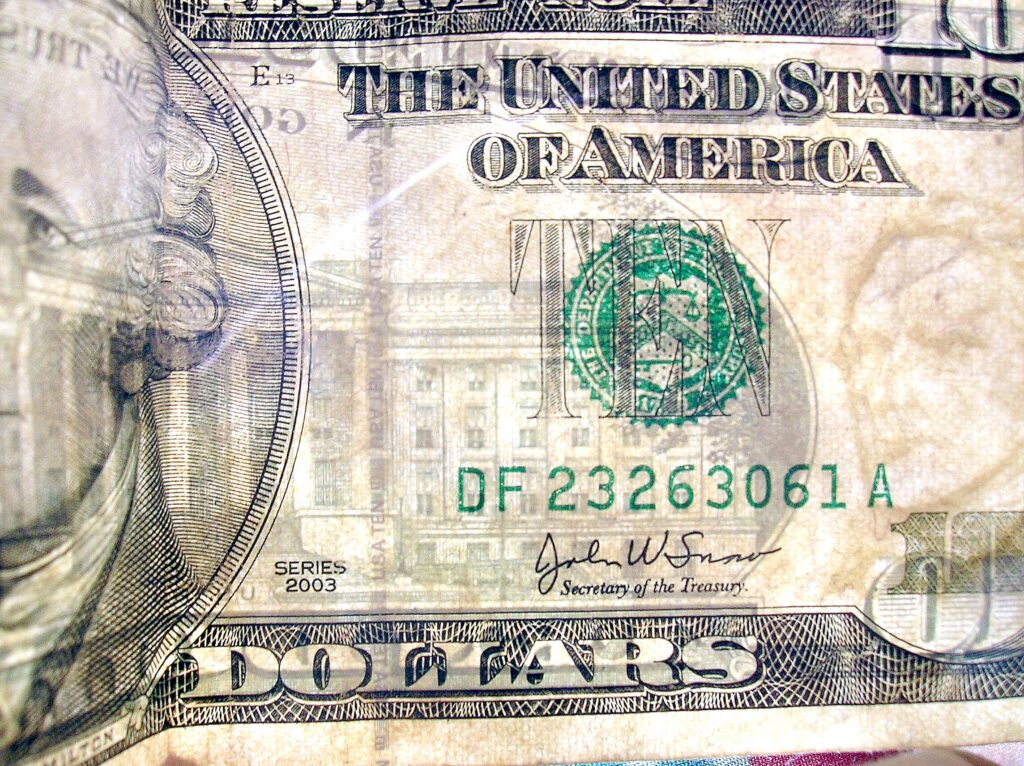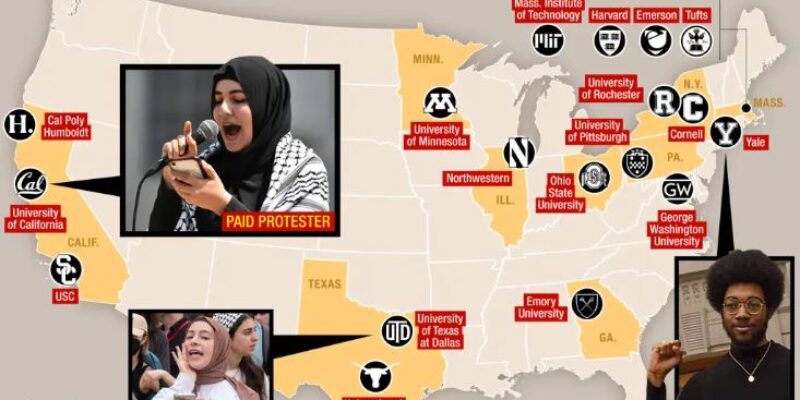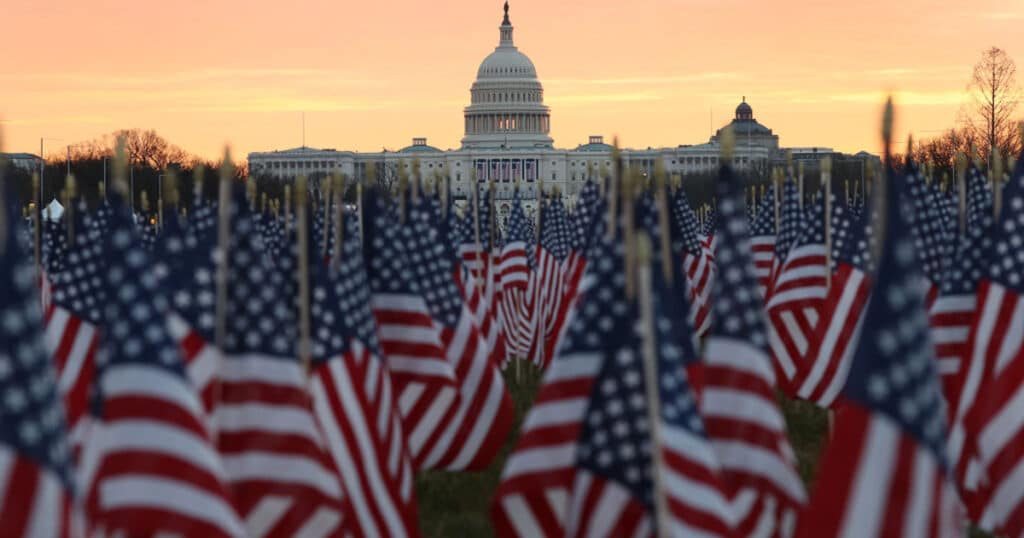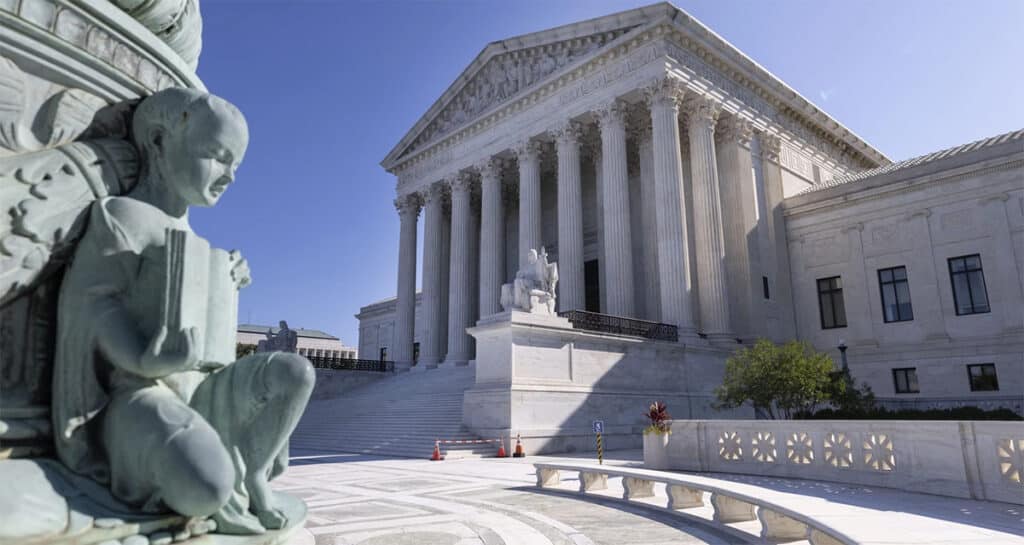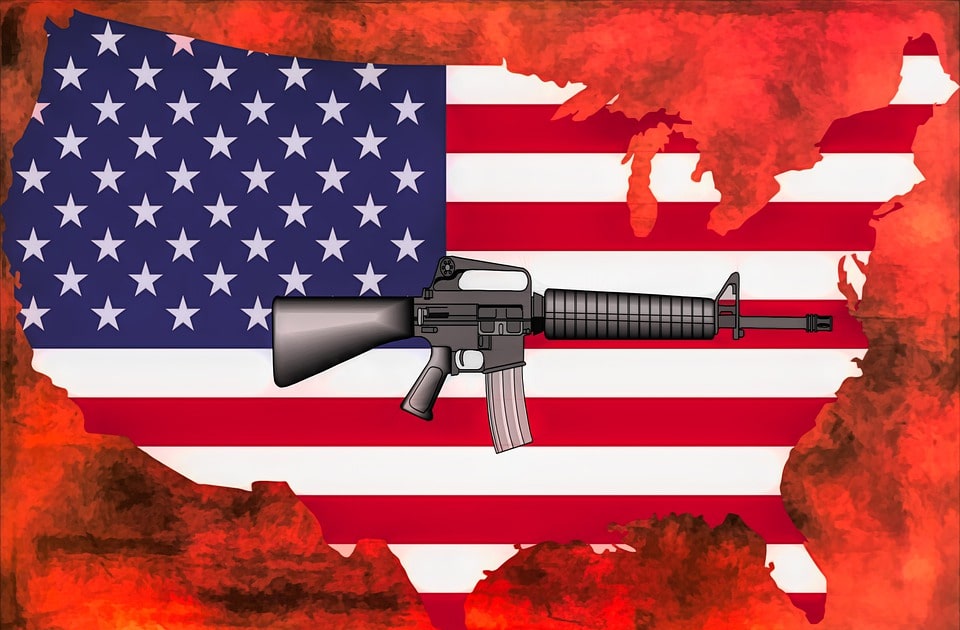
The Second Amendment and its Discontents
The Second Amendment is often criticized by those favoring stricter gun control as being a relic of a bygone era. In a certain sense, it is. This isn’t to say that it should be tossed away in the dustbin of history, by all accounts it is more relevant than ever. The past three tumultuous years have seen exponential growth in gun sales, especially amongst non-traditional demographics. As this new American gun culture emerges, it is important to consider the context of its original.
“A well regulated Militia, being necessary to the security of a free State, the right of the people to keep and bear Arms, shall not be infringed.”
The year is 1789, the US Constitution has just been ratified. What was so important about guns that it was found to be necessary to include these twenty-seven words? What did say about the culture that drafted them? For the American colonists, the gun was a tool of foremost importance. It fed them, protected them, and marked them as a free citizen. Guns were a part of everyday life, knowledge of their use was as common and normal as tricorn hats and knee breeches. There was no army to protect or police them. This was a feature, not a bug. This new nation had just spent years under the boot of the professional army of the British Crown. Such “regular” forces were deemed to be antithetical to the existence of a free people. The militia, an armed mass of free citizens, was the only thing separating their communities from destruction. They did not have a right to bear arms, they had a requirement. A citizen’s service in the militia was compulsory, inseparable from civic virtue. This arrangement was predicated on the widespread ownership of and proficiency with arms. This new republic was not to be held in check or protected by servants of state power, the threat of tyranny was too great. Instead, the democratic force of the armed citizenry was to take personal responsibility to collectively ensure the security of a free State. It was as radical and unique of an idea then as it is now. The Second Amendment didn’t grant these new citizens new rights, it cemented their democratic idea of violence as a burden broadly shared. It was intended to be a bulwark against the monopoly of force they had just defeated. This idea did not arise out of abstract political theory, but the collective experience of these new States, both before and during the war.
The reason why the Second Amendment seems archaic to many Americans is because it is. The entire cultural edifice upon which it was raised is all but destroyed, kept alive mostly through platitudes. The people who once stood wary against standing armies now boast the most powerful military force in the world by orders of magnitude. Our police forces are oftentimes practically indistinguishable from soldiers. We are a significantly more numerous, diverse, and urban population than the people who brought the Second Amendment into being. The text has not changed, we have. Changes in material and social conditions over the past two centuries haven’t made us forget our rights, they have made us forget our appendant responsibilities.
For generations, gun culture was an inherited trait, small and isolated. Consumer gun culture was built around this traditional group, catering to assumed knowledge and experiences. As hunting declines into a regional pastime, the insecurities of life in contemporary America bring personal protection into the limelight. Gun sales amongst non-traditional demographics, including but not limited to urban, minority, female, and not Republican (those most likely to be the victims of gun violence) are growing fast. Therein lies the rub. In the past, getting your first gun was a familial right of passage, allowing you to hunt and carry out duties on the farm. There was an intergenerational support structure to teach safety, maintenance, and effective use. For the new breed of American gun owners, no such inherent structure exists. Most new gun owners haven’t had grandpa take them to shoot cans on a fence post and scold them about safety during their formative years. Their reality is wholly foreign to this idyllic American tradition. Like the people who drafted the Second Amendment, their concerns are immediate and vital necessities. They are in danger. They feel the state organs of violence have failed them at best, or are tyrannical at worst. They are forced to seek out a surrogate for this generational knowledge, one who barely understands them, and vice versa.
A single mother from an urban area with no connection to gun culture experiences personal violence. She decides to buy a gun. She goes to a big box store and seeks the assistance of a gun counter worker who might be filling in that day from the athletic department. She has no frame of reference and money is tight. As far as she knows, the only difference she can ascertain between them all is price. She buys one that fits her budget and a box of ammo. For her, the gun is a talisman to ward off evil. Popular culture and advertising lead her to believe she is buying an outcome, but in reality, she is only starting a process. She may have the foresight to go to a range, maybe even take a class. It is a daunting process. Walking into a gun range with no sense of gun culture is like taking a trip to a foreign country. There is etiquette, vocabulary, and norms to learn. Depending on the culture of the range she goes to could lead to radically disparate outcomes, spanning from rudeness to saint-like patience. Depending on her experience, her gun may remain a confusing and fickle talisman, or become an important tool of agency and enjoyment.
While our hypothetical new gun owner is facing uncomfortable changes in American life, the gun industry has been adjusting as well. Sixty years ago, a gun ad was some combination of a man, his son, and a dog, hunting amidst a picturesque pastoral scene. In our era of economic insecurity, street riots, and political polarization, it is men with AR’s and plate carriers, executing some sort of nondescript tactical operation. Aside from pushing some sort of agenda, it merely reflects the concerns and buying patterns of the new brand of modern gun owners. Buying and training with tactical equipment became a consumer subculture that has spread far beyond its original borders. Look at any protest/counter-protest about children’s drag shows on the news. On either side you see the same uniform and equipment, just with different flags. These sensational images titillate the senses, inflame passions, and cause rightful concern. With mass shootings becoming a painfully mundane aspect of American life, such open displays of armed anger seem to be both a response and a catalyst to this grim normalization of violence. What do our political leaders do in the face of this strange new world?
Much of the discourse about guns in this country is only useful for vote pandering. Any gains or losses are minimal, just enough to satisfy electoral machinations. There is no political incentive for either side to take decisive action on the issue. It is a popular and reliable debate with a well-polished script. Our elites themselves are little affected by it. Armed protection is like abortion, the political class will always have access. Their boiler plate arguments for and against take a certain amount of Utopianism for granted. While they squabble about the latest travesty, both sides sell a desired fantasy. On the left, there is a world where private ownership of firearms magically disappears. On the right, there is a world where every American is one mugging away from being a gun owner, and every gun owner magically becomes a Republican and a card carrying member of the NRA. Both sides fail to see how disconnected from reality they are.
On the left, calls for European style gun control are a constant. These assume a false comparison between the two polities. In the European context, civilian ownership of arms has always been a privilege of the elite class. There wasn’t much trouble restricting rights that the common people didn’t really have. Any other guns that exist, and there are many, are obtained by criminal action, unrestricted by the rule of law. America in contrast has had democratic ownership of arms since the colonial period. The militia system and the culture of gun ownership it began already existed for almost two hundred years by the time the Second Amendment was composed. There’s already more guns than people in this country, and the number increases every year. Even a blanket ban would not change this fact. Confiscation is a non-starter, aside from the overwhelming logistical difficulties, it would effectively expose thousands of otherwise law-abiding Americans to extreme police violence. Law enforcement would know there is a gun behind every door at which they would knock, and would act accordingly.
On the right, perceptions are too narrow. Their cozy relationship with the NRA clouds their judgment. NRA membership has long been an integral part of the traditional American gun culture, but is now increasingly positively correlated with AARP membership. The NRA still rests on its laurels, taking for granted that they are the voice of the average American gun owner. Many in the new gun culture see them as institutionally corrupt as any other lobbying group, and partisan politics make them distasteful to anyone not solidly in the Republican camp. Their partisan nature makes short term sense fiscally and politically, but limits them to an ever-dwindling core group of supporters. If the right is to be the shepherd of the American gun owner, it must realize its part in providing a support structure for their new sheep, orphaned and lost by politics. Ironically, this would hearken back to the NRA’s original mission, being a custodian of civilian firearms training and education. This wing of the NRA still exists, but is pitifully underrepresented and shadowed by their Republican fundraising efforts. The Second Amendment requires the maintenance of widespread responsible gun ownership. Isolating this imperative to a partisan lobbying group with declining membership is bailing out a sinking ship.
What is the solution? Arm teachers? Ban AR-15’s? Constitutional Carry? Limit ammunition sales? Stop and frisk? All of these answers dance around two core points.
- Due to our unique political history, America has been and always will be an armed society, whether we like it or not.
2. Gun ownership has outpaced gun culture.
To take serious consideration of these two points, it requires a logic that chafes against the preconceived notions of both sides of the issue. We must accept guns as part of our mass society. We must accept that our current culture lacks the sophistication to responsibly and intelligently do so. We must take civic action to do something about these facts. What do these statements mean? It is more of an ethos than a particular agenda. It can take various forms. Gun safety and education could easily be implemented as part of high school health curricula. Media should not be the sole source of information about guns to our youth any more so than it should be about sex. The gun industry can offer discounts on their products with proof of attendance of an approved safety class. In the midst of historic recruitment and retention issues, the military can sponsor civilian firearms training to bolster its public image as well as maintaining a pool of competent potential recruits. Our government can take a pittance of the spending being used to protect Ukraine and better protect American school children. We have let the debate about our rights overshadow the assumption of our responsibilities for far too long. We must make a collective effort to construct and maintain a realistic, relevant, and universal gun culture. The political and economic realities that shaped the Second Amendment may no longer exist, but their effects persist. To think guns can be legislated away is facile. To think they aren’t an issue is folly.
